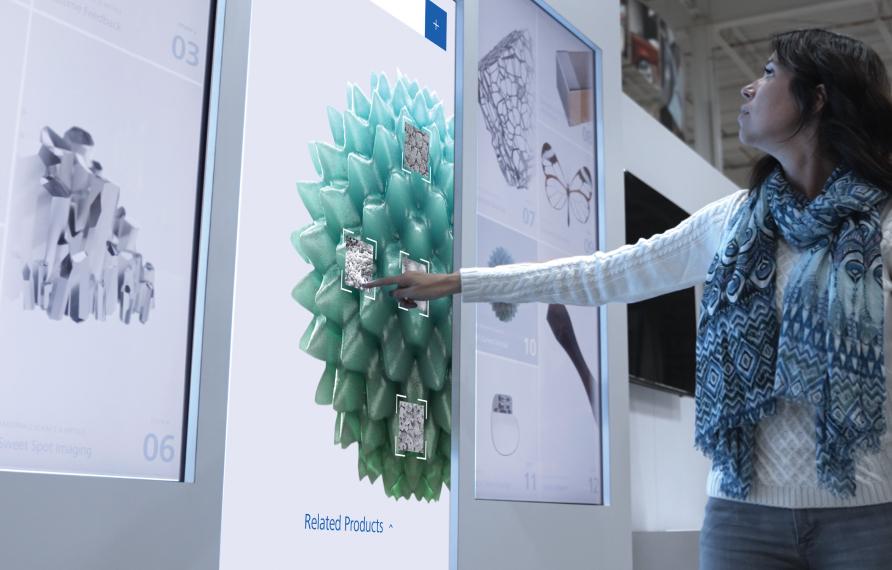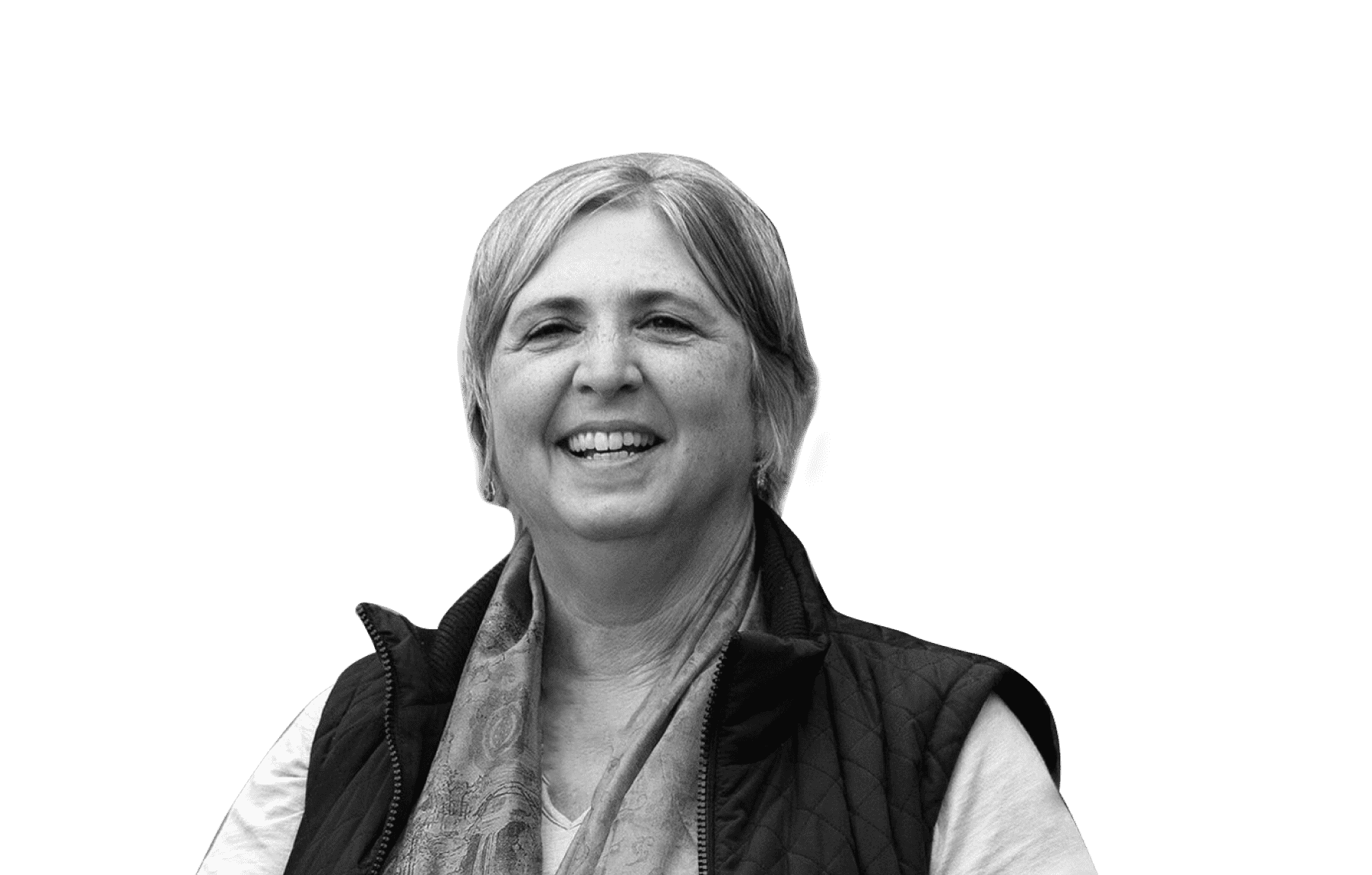Understanding 3D Crystal Structure
With Dr. Nikhilesh Chawla


That’s how the crystal crumbles.
From the lab of Dr. Nikhilesh Chawla
Taking an innovative approach to material science, Dr. Chawla uses non-destructive 3D and 4D analysis to understand how materials respond to stress at the microstructure level.
ZEISS LabDCT helps Dr. Chawla create 3D maps of titanium that reveal the position, shape, and orientation of each metallic grain. These maps provide insight into the nature of grain boundaries, the critical interfaces which control how metal can deform. And with data from surface imaging and computer simulations, Dr. Chawla can describe how the material responds to stress over time, the 4th dimension.
Dr. Chawla’s work will improve durability and strength of engineering materials, with a wide range of implications from nanotechnology to construction.

Crystallographic orientation
Captured during DCT scans of titanium, these diffraction spots are reconstructed to generate 3D crystallographic structure.



Examining grain boundaries
3D grain map of commercially pure titanium sample from the center of the tensile specimen.

“X-ray microscopy has enabled us to probe scientific questions that have stumped us for years. It is truly an amazing technique for studying materials behavior.”
Dr. Nikhilesh Chawla is a Ransburg Professor at the Purdue University School of Materials Engineering. His focus is 4D materials science with a strong emphasis on the deformation behavior of advanced materials. His research has aided in the development of everything from semiconductors to high performance running shoes.

Experience more breakthroughs and download Dr. Nikhilesh Chawla’s full research report.

Connect with us to go deeper on this research and receive updates on future breakthroughs.
Join us live
Locate a ZEISS event near you and discover the power of possibilities.
























